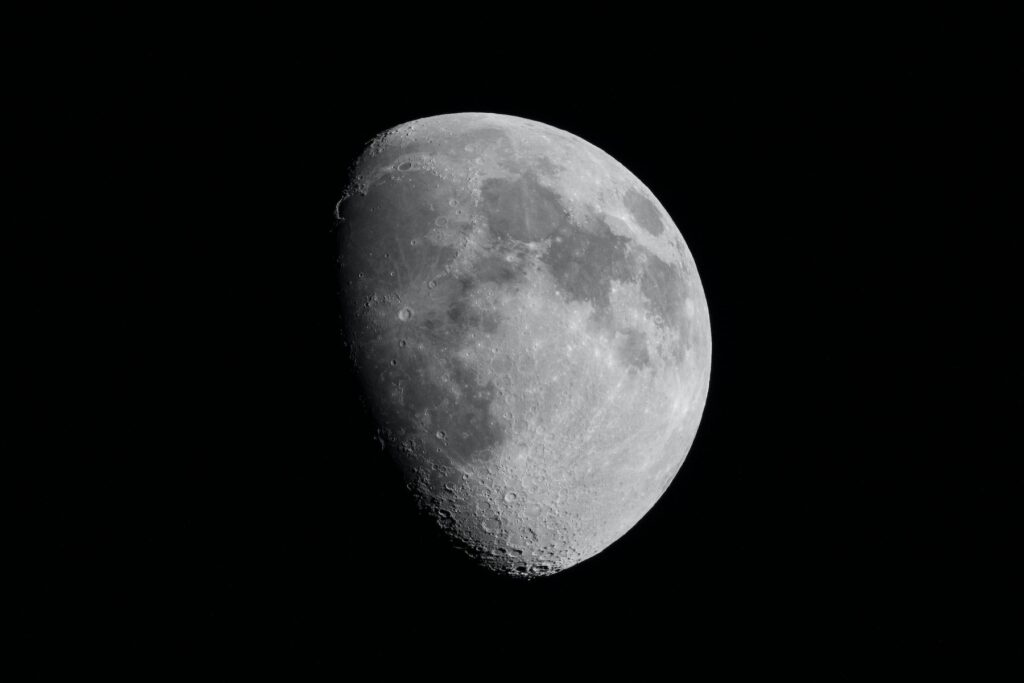![The ‘Giveaway Piggy Back Scam’ In Full Swing [2022]](https://www.cjco.com.au/wp-content/uploads/pexels-nataliya-vaitkevich-7172791-1-scaled-2-683x1024.jpg)

AstroLLaMA: The Game-Changing Role of Large Language Models in Modern Astronomy

As Seen On
In recent years, the world has seen an incredible advancement in the field of artificial intelligence (AI), specifically in the rise of Large Language Models (LLMs). These revolutionary systems, like GPT-4, PaLM, and LLaMA, have been transforming multiple sectors with their remarkable ability to analyze, predict and generate human-like text based on various inputs. They have found applications in sectors as diverse as customer service, automated news writing, and even scriptwriting for movies.
The latest entrant in this exciting AI revolution is AstroLLaMA – an astronomical game-changer that is set to redefine the limits of AI utilization in the field of astronomy.
AstroLLaMA is not merely another LLM – it is a specialized, fine-tuned model trained explicitly on over 300,000 astronomy abstracts from the ArXiv database. This model unique ability to provide in-depth and contextual interpretation of astronomical data significantly separates it from its peers, like GPT-4 and LLaMA-2.
Armed with the knowledge contained in thousands of research papers, AstroLLaMA is positioned to be an astronomer’s indispensable partner. It’s not just about crunching numbers or processing data; it’s about intuitively understanding the context, identifying patterns, drawing conclusions, and even predicting potential outcomes – skills that were thought to be exclusively in the domain of human researchers.
One of the most profound impacts of this ground-breaking model is its role in identifying potential star candidates. Using the vast Gaia-ESO data, AstroLLaMA has shown tremendous proficiency in picking out prospective star candidates, significantly accelerating the pace of star mapping and reducing human effort.
However, like any AI model, AstroLLaMA isn’t perfect and has its own share of limitations. It has inaccuracies and gaps that stem primarily from its finite dataset – but these do not undermine its immense potential.
Researchers have proposed expanding the training dataset to include complete LaTeX sources of existing astronomy articles. This would not just increase the volume of data AstroLLaMA can access, but also drastically improve the quality and context of its responses.
The introduction of AstroLLaMA doesn’t just mark a milestone in astronomical studies, but also paves the way for multi-modal models. These models combine the processing power of LLMs with visual or audio inputs – creating AI systems of unparalleled capacity and applications.
Therein lies the real game-changer – it isn’t just about the advancements in astronomy or the growth of AI. It’s the convergence of the two. The implications of this convergent evolution are profound and far-reaching – we are effectively equipping machines with our knowledge, intuition, and even our creativity. The impact of models like AstroLLaMA will touch every area of our lives right from research and technology to education and culture.
To stay informed on the latest developments in AI and machine learning, we invite you to join our SubReddit, Facebook community, and subscribe to our newsletter. Your contribution to the discourse will shape the future interaction of human and machines – a journey we are excited to embark on together.
Casey Jones
Up until working with Casey, we had only had poor to mediocre experiences outsourcing work to agencies. Casey & the team at CJ&CO are the exception to the rule.
Communication was beyond great, his understanding of our vision was phenomenal, and instead of needing babysitting like the other agencies we worked with, he was not only completely dependable but also gave us sound suggestions on how to get better results, at the risk of us not needing him for the initial job we requested (absolute gem).
This has truly been the first time we worked with someone outside of our business that quickly grasped our vision, and that I could completely forget about and would still deliver above expectations.
I honestly can't wait to work in many more projects together!
Disclaimer
*The information this blog provides is for general informational purposes only and is not intended as financial or professional advice. The information may not reflect current developments and may be changed or updated without notice. Any opinions expressed on this blog are the author’s own and do not necessarily reflect the views of the author’s employer or any other organization. You should not act or rely on any information contained in this blog without first seeking the advice of a professional. No representation or warranty, express or implied, is made as to the accuracy or completeness of the information contained in this blog. The author and affiliated parties assume no liability for any errors or omissions.

